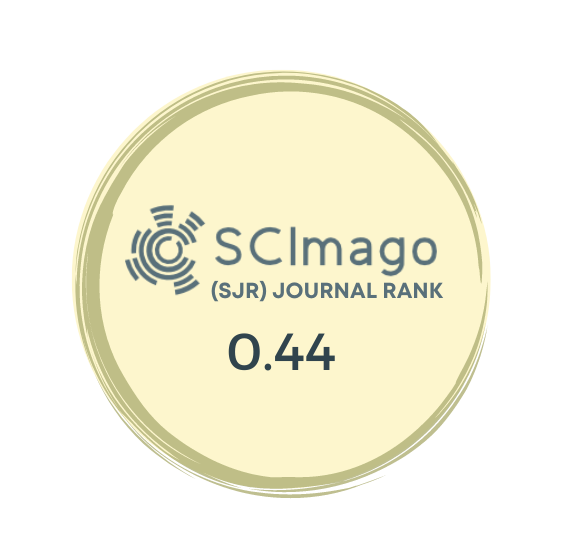Objective: This study aimed to determine the frequency of low back pain after calcaneal fractures treated with open reduction internal fixation (ORIF) and the risk factors that cause this condition.
Methods: Thirty-one patients (27 males and 4 females) who underwent surgery for a unilateral calcaneal fracture between 2016 and 2020 and had no complaints of low back pain before fracture surgery were included in the study. The patients were divided into 2 groups: those who developed low back pain after the operation and those who did not. Patients were evaluated with the Life Quality Short Form SF-36, the Oswestry Disability Index (ODI), and American Orthopedic Foot-Ankle Association Score (AOFAS). Sanders' fracture type, joint range of motion (ROM) measurements of injured and uninjured limbs, maximal isometric muscle strength measurements, balance on 1 leg with pedobarographic measurements, and walking time were evaluated. The obtained data were compared among the 2 groups.
Results: Low back pain was observed in 71% of the patients and was detected after an average of 6 months from the operation. In ODI, 59.1% of the patients reported that low back pain limited their lives slightly. Patients with low back pain have lower AOFAS scores and worse SF-36 physical functionality than those without low back pain (P < .001, P=.016). Balance time on 1 foot in pedobarographic measurements, foot in ROM, ankle in ankle active, passive plantar flexion, inversion, active hip, passive internal, external rotation, muscle is the foot eversion force. In these measurements, the values of the injured side are intact. It was statistically significantly lower than the other side (interaction P < .1).
Conclusion: Low back pain may occur after unilateral calcaneal fractures treated by ORIF. This may be caused by decreased angles of ankle dorsi and plantar flexion, foot inversion, hip abduction, and internal and external rotation. In the rehabilitation program, not only the ankle region but also the hip joint of the affected side should be included, and the kinetic chain that describes the interaction mechanism of the human body should not be forgotten.
Cite this article as: Bayraktar D, Özgürbüz C, Öztürk AM, Aktuğlu SK, Özkayın N. An investigation into the frequency and risk factors of low back pain following surgical treatment of isolated calcaneal fractures. Acta Orthop Traumatol Turc., 2024; 10.5152/j.aott.2024.23031 [Epub Ahead of Print].



.png)

.png)
